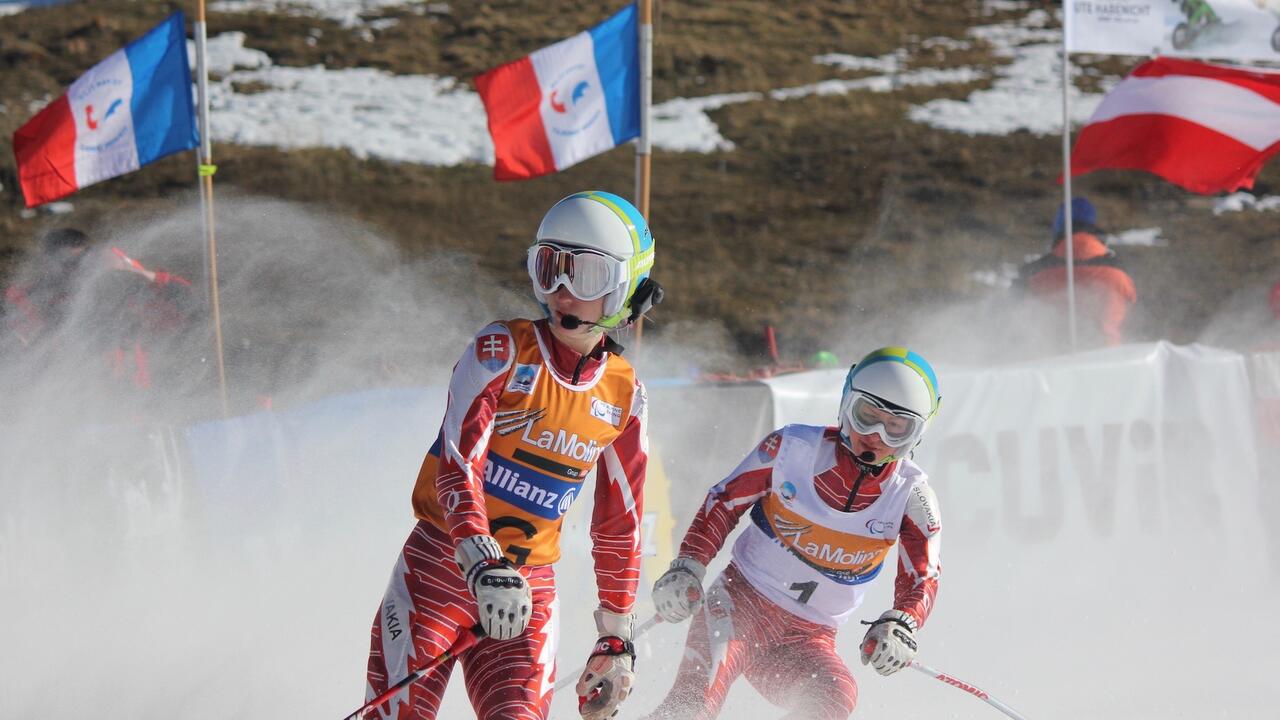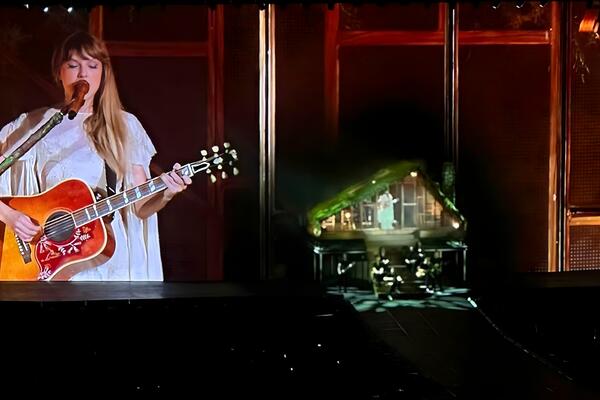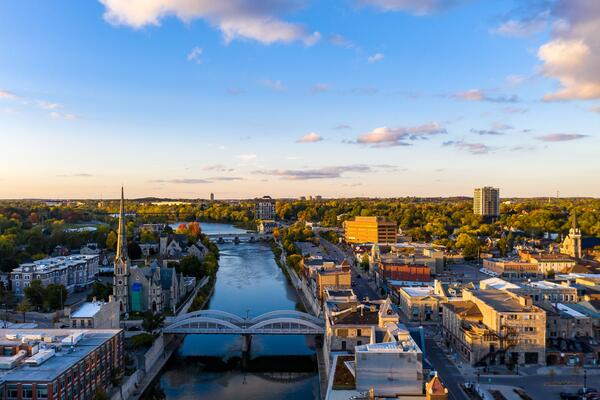
How does vision impact Paralympic performance?
Waterloo Optometry researcher sets out to measure visual impairment in Paralympic skiers.

Waterloo Optometry researcher sets out to measure visual impairment in Paralympic skiers.
By Victoria Van Cappellen Faculty of ScienceImagine standing at the top of a double black diamond ski run, descending 3,000 feet over bumpy and icy terrain, reaching speeds of 80 mph. Now imagine doing all of this blind.
During competition, athletes rely on their skills, fitness, endurance, and mental focus to be successful. However, the only difference with Para sport is that the athletes have a physical, intellectual, or visual impairment.
Ensuring athletes with similar impairments compete against each other assures that competition is fair, and this is why the concept of classifying athletes into competition categories based on their level of impairment is so important to Para sport.
Kristine Dalton, an assistant professor in the School of Optometry and Vision Science and founder of the Sports Vision Clinic at the University of Waterloo, is one of the experts working with the International Paralympic Committee (IPC) to help develop improved classification rules that reflect the unique visual demands of each Paralympic sport. To do this, Dalton measures the functional impact of vision impairments on athlete’s performance under real-world conditions in Alpine and Nordic (cross-country) skiing.
“In the case of (Alpine or Nordic) skiing, natural lighting conditions can vary dramatically from the start to finish of a race,” said Dalton. “If you’re glare sensitive, then moving from a section of a course shaded by trees can make it difficult to see important details on the course, like the position of the gates or changes in the snow conditions, especially when moving at high speeds.”
Dalton and her collaborators around the world are studying how functional measures of vision, such as dynamic visual acuity (an eye chart with moving letters), or glare sensitivity testing could be used to create individual classification systems that reflect the unique visual demands of each Paralympic sport.
Despite the complexity vision poses as an impairment, there are only three classes for competition at present: B1, B2, or B3, and these classes are the same for all Paralympic sports.
“The IPC has already started developing sport-specific classification systems for physical and intellectual impairments,” said Dalton. “And the work on visual impairment has been making good progress since it started in 2015.”
The Paralympic Games opened in PyeongChang on Friday, March 9. Canada has sent 55 athletes to the games, 12 of whom are competing in Para Alpine skiing and 14 of whom are competing in Para Nordic events.
Photo Courtesy of: LauraHale, Creative Commons Attribution-Share Alike 3.0 Unported

Read more
The second annual Quantum Connections Conference highlighted the need for collaboration to address quantum's societal impact

Read more
Waterloo professor emeritus decodes why we can’t help but love sad songs based on the theory of musical consciousness

Read more
The University is partnering with HI3 Hub to improve wastewater detection and analysis of pathogens
The University of Waterloo acknowledges that much of our work takes place on the traditional territory of the Neutral, Anishinaabeg and Haudenosaunee peoples. Our main campus is situated on the Haldimand Tract, the land granted to the Six Nations that includes six miles on each side of the Grand River. Our active work toward reconciliation takes place across our campuses through research, learning, teaching, and community building, and is co-ordinated within the Office of Indigenous Relations.